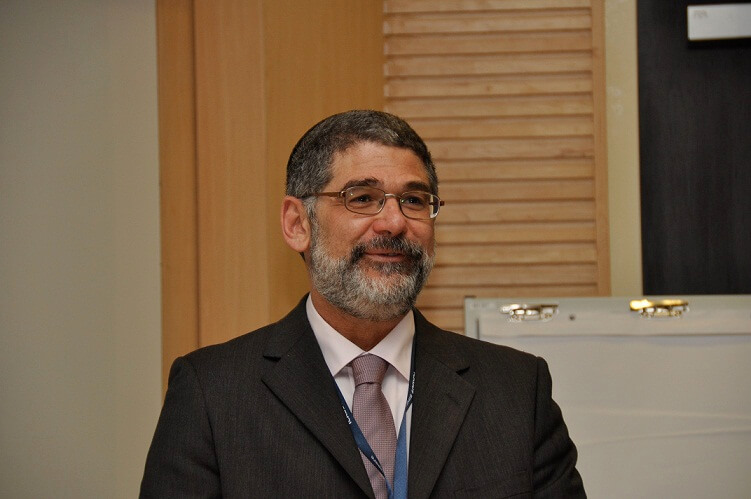A new method gives scientists and engineers around the world new and sophisticated tools to assess seismic risk and thus improve preparedness for strong earthquake damage

A new method gives scientists and engineers around the world new and sophisticated tools to assess seismic risk and thus improve preparedness for strong earthquake damage. The method, which was developed by Prof. Yossi Hazor from the Department of Geology in the Faculty of Natural Sciences at Ben-Gurion University, in collaboration with two of his graduate students Roni Kamai and Goni Yagoda-Biran, is the subject of the article "A new method to estimate paleoseismic PGA using dynamic numerical back "Analysis of keystone displacements in historic masonry structures". The paper won the prestigious 2011 American Rock Mechanics Association (ARMA) Applied Research Award.
In this article, the researchers presented a new method they developed to assess the risk in seismically active areas (areas more prone to earthquakes). This, by backward analysis of the dynamic displacement of blocks in historical buildings through numerical analysis of discrete elements. The proposed method gives scientists and engineers around the world new and sophisticated tools to assess the seismic risk and thus improve preparedness for strong earthquake damage.
The research was funded in part by the Inter-ministerial Committee for Preparedness for Earthquake Damages through the Ministry of Infrastructure, and by the National Science Foundation (ISF).
